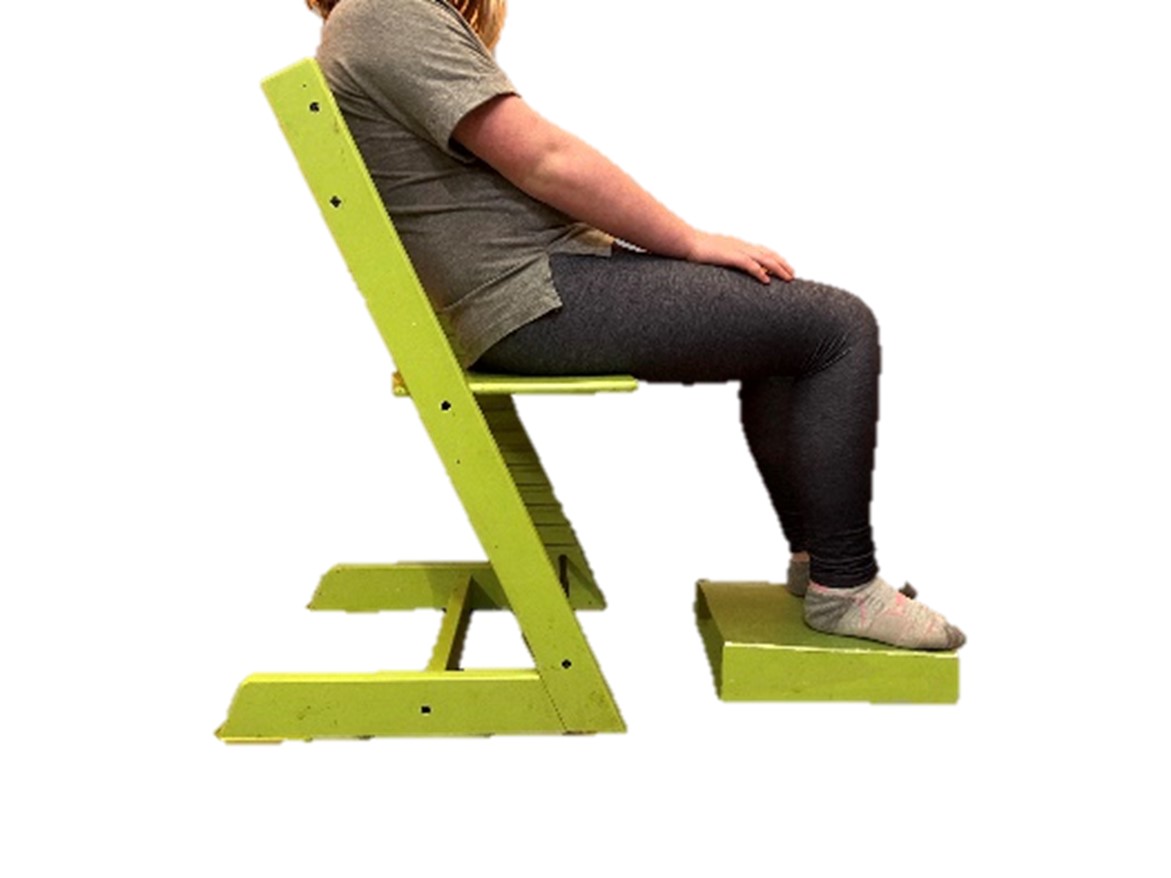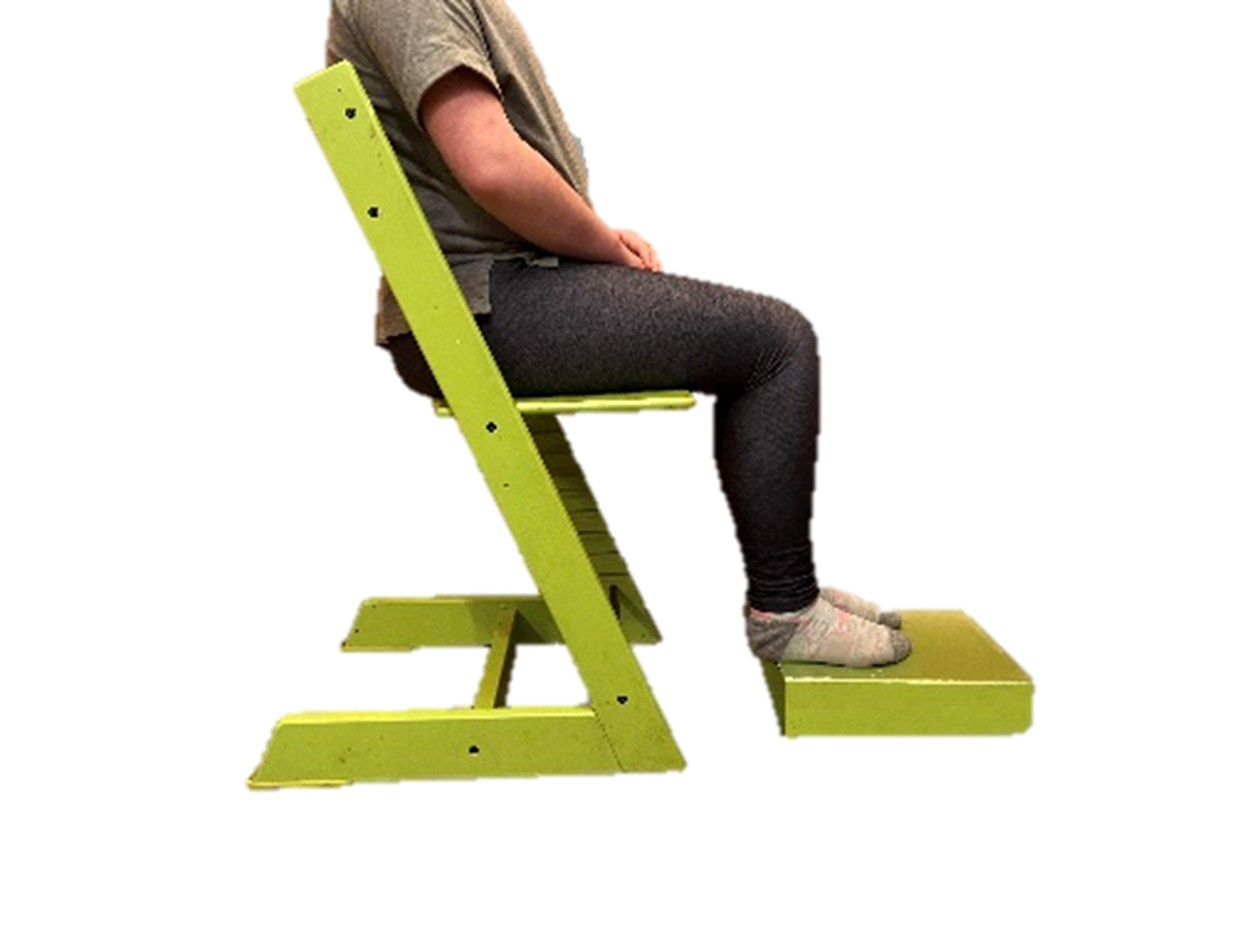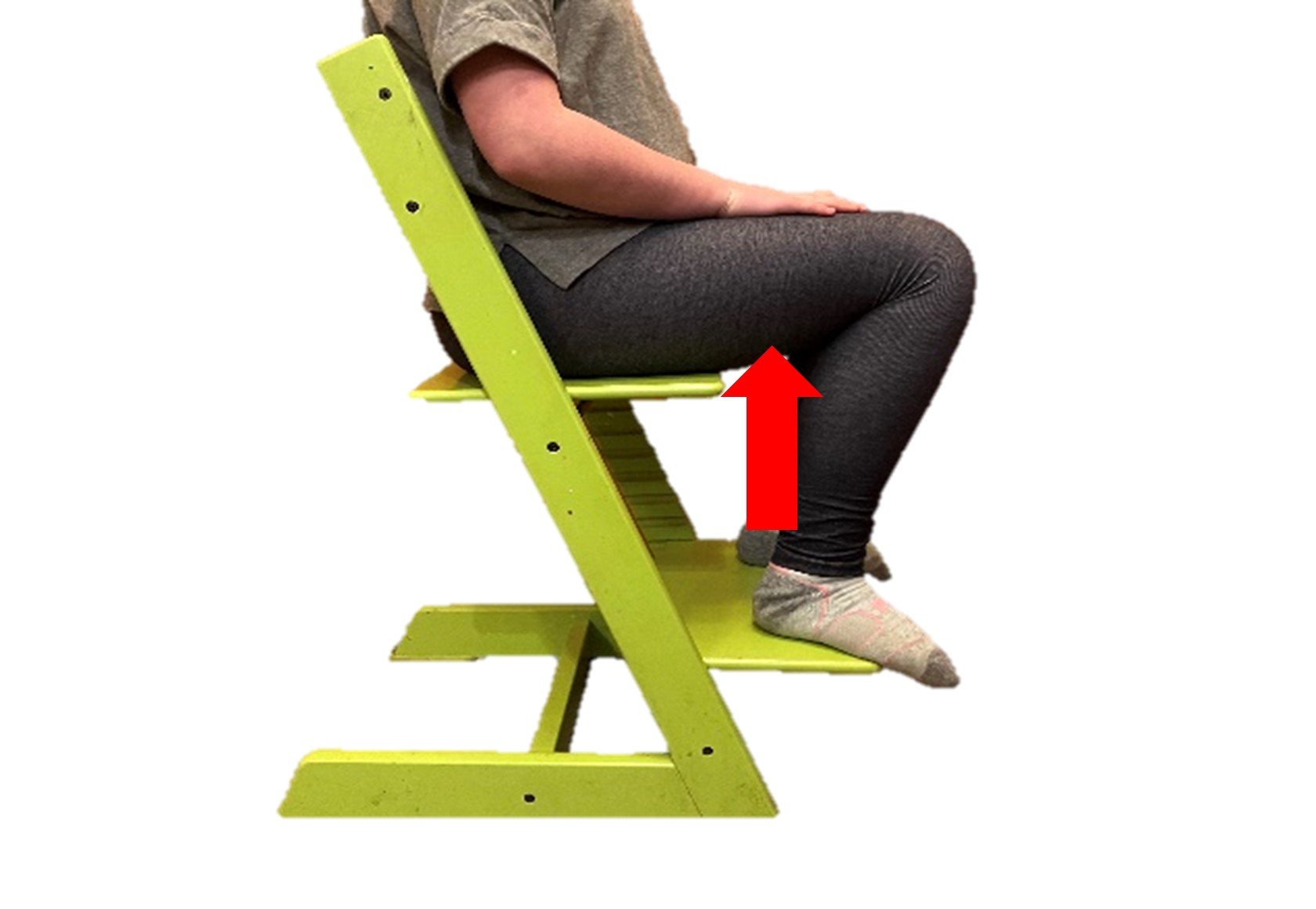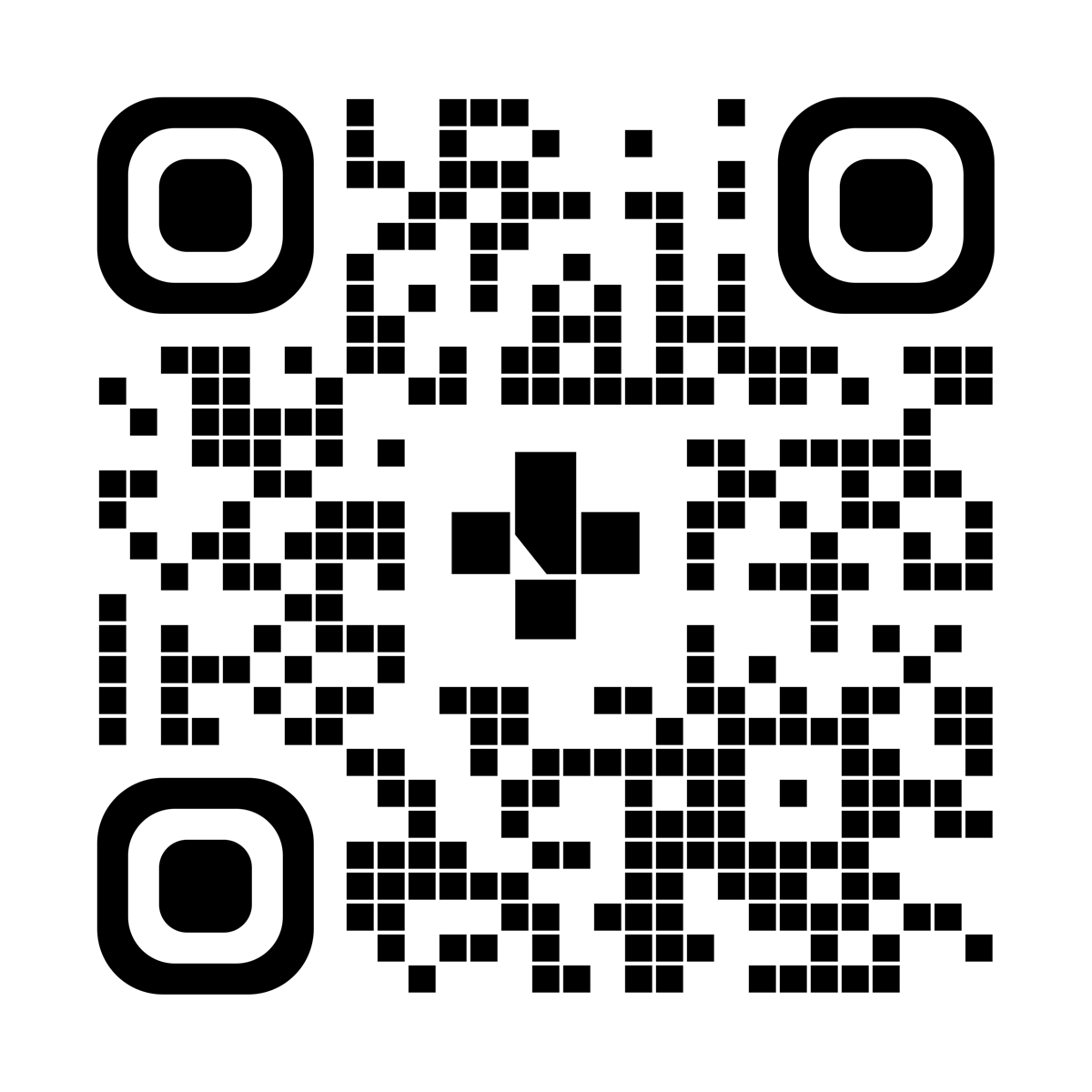Your Child's Equipment
How to do a growth check
Why do I need to check my child’s equipment?
Children’s medical equipment is meant to last for a few years and grow with your child as they age. It’s important that parents and caregivers check equipment regularly to make sure it still fits.
When equipment doesn’t fit your child properly, it can become uncomfortable for them to use. It may not provide enough support. Your child may no longer want to spend time in the equipment, and it may limit the activities they can do.
Proper fitting equipment is also important for safety. If equipment doesn’t fit, it may tip more easily and no longer work properly. It can also lead to pressure areas on your child’s body.
Regularly checking how your child’s equipment fits can help their therapist plan for larger equipment.
When to do a growth check?
Check your child’s equipment for fit when:
- They’ve changed clothing size.
- They aren’t comfortable anymore when they use the equipment.
- You or other caregivers are struggling to get your child into equipment.
- Another piece of equipment has been adjusted because of growth.
- It’s been 6 months since you last checked.
What type of seated pediatric equipment do you need to check?
- wheelchairs
- strollers
- activity chairs and floor seats
- feeder seats
- bath seats
- shower or toilet commodes
- toilet equipment
How do you check your child’s equipment?
1. Place your child in the equipment. Look at your child’s face to see if they are relaxed and comfortable.
2. Check to make sure their bottom (bum) is at the back of the seat and up against the backrest.
 Bum slid forward
Bum slid forward Bum is all the way back
Bum is all the way back3. Check the belts and straps to make sure they still fit. If the belt is too tight, check to see if it’s twisted. Sometimes children slide forward in their seats if the belts are not done up tight enough. Adjust your child, if needed, and make sure belts are snug before continuing the growth check.
4. Feel under your child’s bottom and thighs. Does it feel the same on both sides? The weight should be equal.
5. See how much space there is behind your child’s knees and the front edge of the seat. If it is more than 2 fingers space when their bottom is all the way at the back, your child has grown. The equipment needs to be adjusted.

6. Feel underneath their thighs. Do you feel any pressure on your hands or are the thighs floating above the seat? If there is space between the thighs and the seat, your child has grown. The equipment needs to be adjusted.
7. Feel the space around the sides and around your child’s hips. Is it tight on both sides while your child is wearing normal clothing? If yes, then the equipment needs to be adjusted.
8. Lastly, look at your child’s head position. Is their head in the middle? If there is a head rest or head support, is their head now resting above it? If yes, the equipment needs to be adjusted.
When should you call for help?
Contact your therapist if:
- Your child is not comfortable in the equipment.
- Your child has grown.
Contact the vendor if:
- There are broken parts on the equipment.
- Annual maintenance for moving parts.
To see this information online and learn more, visit MyHealth.Alberta.ca/health/aftercareinformation/pages/conditions.aspx?hwid=custom.ab_childs_equipment_growth_check_inst.

For 24/7 nurse advice and general health information call Health Link at 811.
Current as of: November 28, 2023
Author: Pediatric Rehabilitation Services, Alberta Health Services
This material is not a substitute for the advice of a qualified health professional. This material is intended for general information only and is provided on an "as is", "where is" basis. Although reasonable efforts were made to confirm the accuracy of the information, Alberta Health Services does not make any representation or warranty, express, implied or statutory, as to the accuracy, reliability, completeness, applicability or fitness for a particular purpose of such information. Alberta Health Services expressly disclaims all liability for the use of these materials, and for any claims, actions, demands or suits arising from such use.
